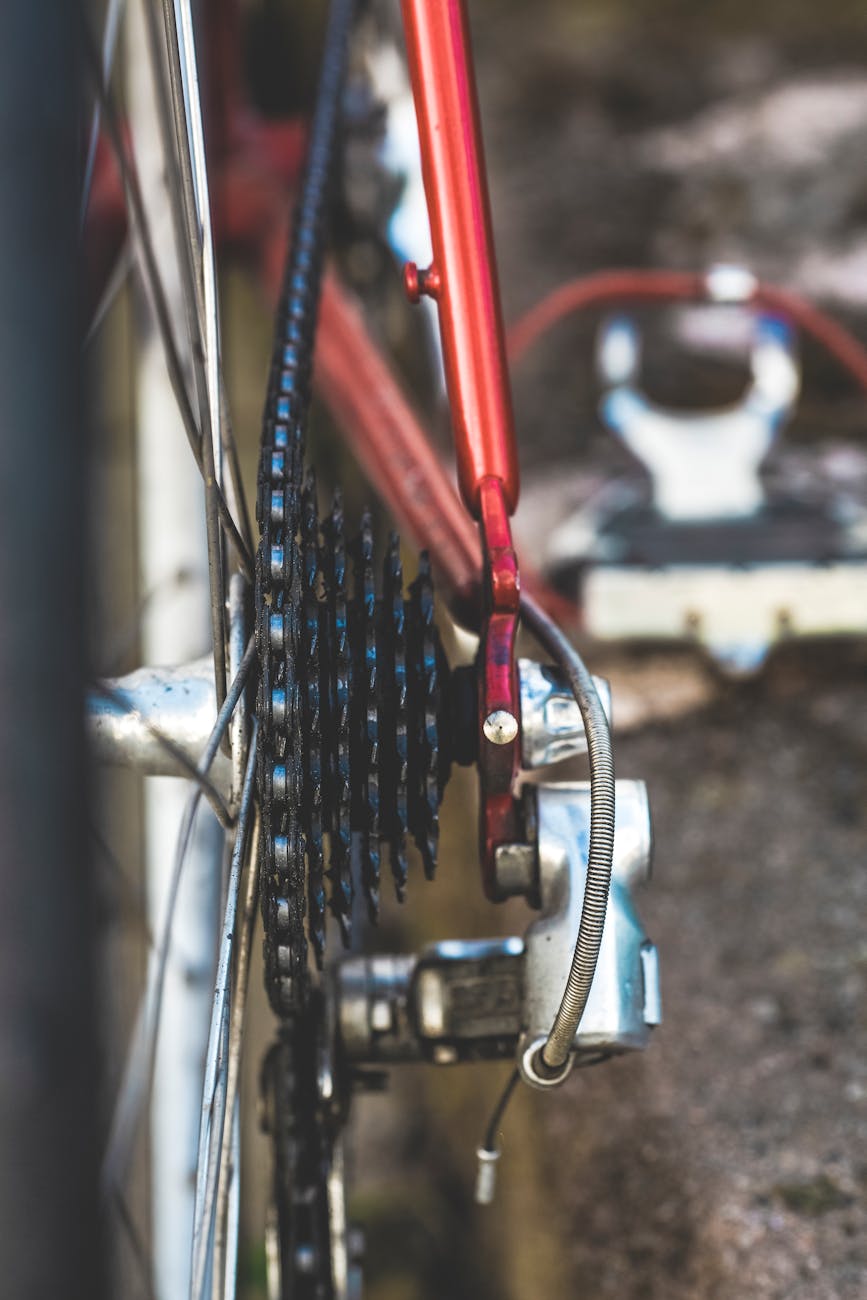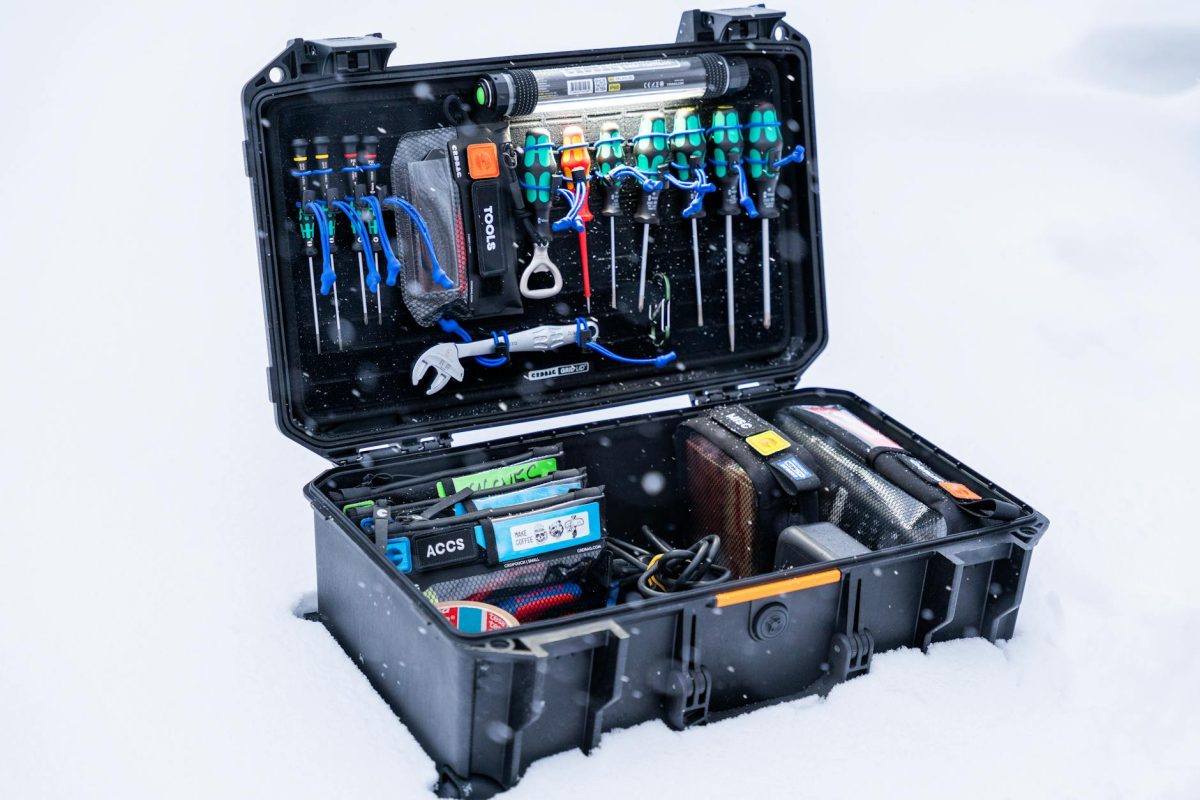Cycling is a wonderful way to stay fit, explore the outdoors, and enjoy the freedom of the open road. However, to ensure a smooth and enjoyable ride, it is essential to maintain your bike gears properly. Proper maintenance not only enhances your cycling experience but also prolongs the lifespan of your bike. In this article, we will delve into effortless tips for smooth shifting, helping you keep your bike gears in top condition for optimal performance.
Understanding the Basics of Bike Gears
Before diving into maintenance tips, it’s crucial to have a basic understanding of how bike gears work. Bikes have multiple gears that help you adjust the resistance and make pedaling easier or harder. The gears are controlled by shifters, which move the chain between different-sized sprockets on the rear wheel and chainrings on the front crankset. Shifting gears efficiently ensures a comfortable and efficient cycling experience.
Cleaning and Lubricating the Drivetrain
One of the most important aspects of bike gears maintenance is keeping the drivetrain clean and properly lubricated. Dirt, grime, and old lubricant can cause the gears to shift poorly and wear out faster. To clean the drivetrain, start by degreasing the chain, cassette, and chainrings using a biodegradable degreaser and a brush. Once clean, apply a suitable bike chain lubricant to ensure smooth shifting and prevent rust and corrosion.
Inspecting and Adjusting the Derailleurs
The derailleurs are crucial components responsible for moving the chain between gears. Regular inspection and adjustment of the derailleurs can prevent issues like misaligned shifting and chain skipping. Check the alignment of the front and rear derailleurs to ensure they are parallel to the chainrings and sprockets. Make any necessary adjustments using the barrel adjusters to fine-tune the shifting performance.
Checking the Cable Tension
Proper cable tension is essential for smooth and precise gear shifting. Over time, cables can stretch or fray, leading to poor shifting performance. Inspect the cables for any signs of wear or damage and replace them if necessary. Adjust the cable tension using the barrel adjusters to ensure that the gears shift smoothly and accurately.
Replacing Worn Components
As with any mechanical system, bike gears are subject to wear and tear over time. Worn chainrings, cassette cogs, and chain can negatively impact shifting performance and lead to premature wear of other components. Regularly inspect these components for signs of wear, such as shark tooth-shaped chainrings or skipping gears. Replace worn components promptly to maintain optimal gear performance.
Fine-Tuning the Indexing
Indexing refers to the precise alignment of the gears to ensure smooth and accurate shifting. Fine-tuning the indexing involves adjusting the limit screws and barrel adjusters to eliminate any issues like chain rub or difficulty shifting into certain gears. Experiment with small adjustments to find the perfect indexing for seamless gear changes.
In conclusion, maintaining your bike gears is essential for a smooth and enjoyable riding experience. By following these effortless tips for smooth shifting, you can keep your bike gears in top condition and enjoy optimal performance on every ride. Remember to clean and lubricate the drivetrain, inspect and adjust the derailleurs, check cable tension, replace worn components, and fine-tune the indexing regularly to ensure your gears shift effortlessly and efficiently. Happy cycling!

